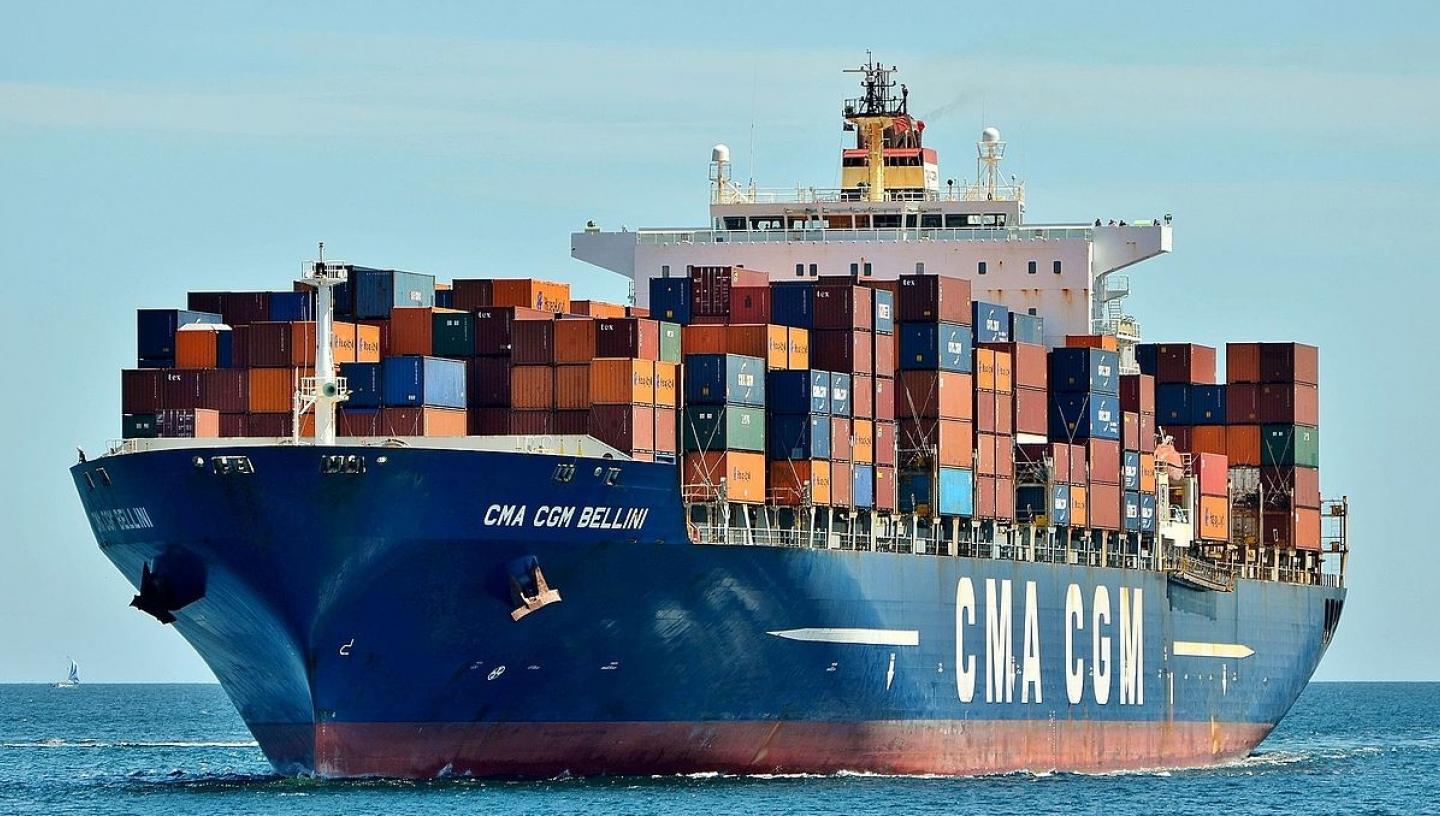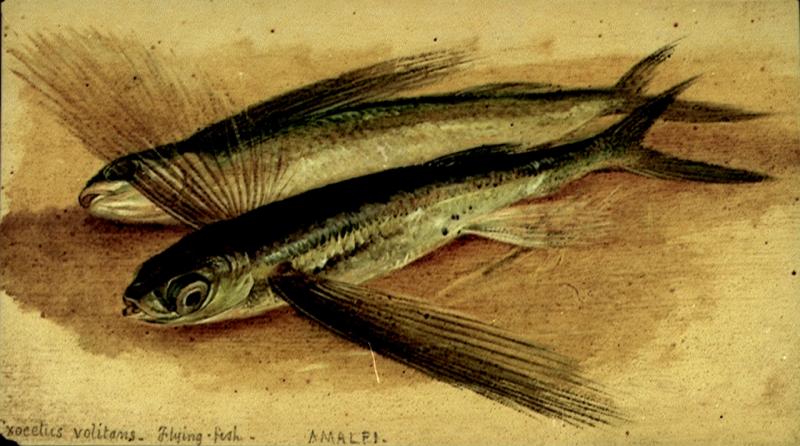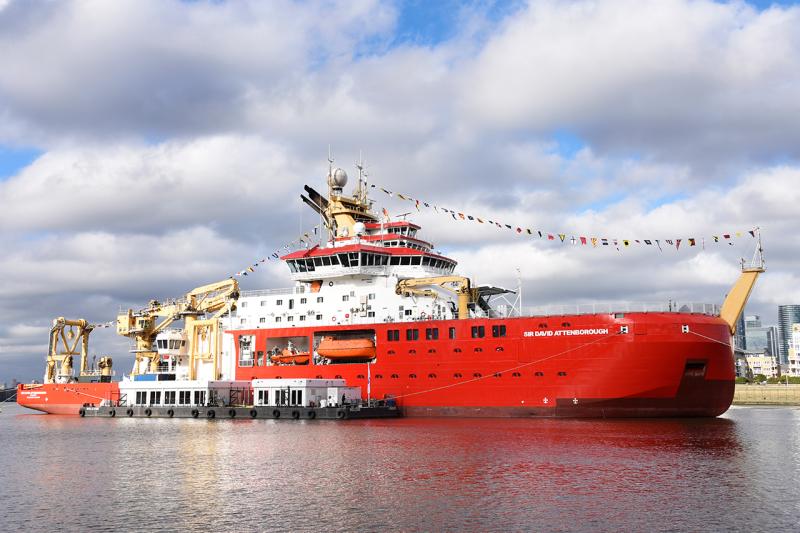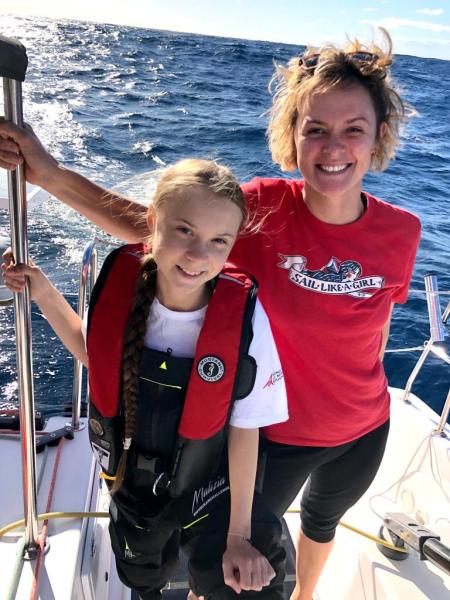
The golden age of sail, when tea clippers like Cutty Sark boasted the latest in cutting-edge technology, is long gone. It is easy to assume therefore that most of the goods we import to the UK today arrive by aeroplane.
In fact, it’s just the opposite.
Much of the food we eat, the clothes we wear and even the phone or computer you're reading this article on is likely to have been imported by ship. Over 85% of all trade to and from the UK is transported by sea.
The shipping industry is as important to our lives now as it was in the age of Cutty Sark. Unlike sailing ships of the past however, modern cargo vessels are overwhelmingly reliant on fossil fuels.
What can be done to make this global trade more environmentally friendly?
The scale of the problem – container ships and fossil fuels
Modern cargo and container ships are very different to the Cutty Sark. The world’s largest container ship today can carry over 23,000 shipping containers. This is the equivalent of 115 million pairs of shoes or 37,000 cars in one load.
The most significant difference between tea clippers like Cutty Sark and modern container ships however is the fuel they use.
Whereas sailing ships circumnavigated the globe under wind power alone, the modern shipping industry is reliant on fossil fuels.
At this moment there are approximately 50,000 merchant navy ships operating on the ocean. Their activities produce a significant amount of greenhouse gases and other forms of pollution.
940 million tonnes of CO2 are produced every year by the shipping industry. The industry is responsible for approximately 2.5% of global greenhouse gas (GHG) emissions.
Although transporting goods by ship is less environmentally damaging than the equivalent journey by road or air, the scale of global shipping means that change is needed.
The return of wind power: how the shipping industry could reduce emissions
United Nations agency the International Maritime Organisation (IMO) has committed to reducing total annual greenhouse gas emissions from shipping by at least 50% by 2050 (based on 2008 levels).
This requires new technologies and ways of working. Just as with Cutty Sark, the use of wind power in shipping is once again being explored – both in low tech and high tech ways.
Cutting-edge technologies are being developed that will once again harness wind power for a new generation of ‘hybrid’ container ships. This could include traditional-looking sails but developed using much lighter, more efficient fabrics; kite sails that fly above the ship; and large spinning cylinders mounted on a ship called Flettner rotors.
Extensive research is being undertaken to design the ships of the future.
Past technology, future-proofed
By contrast, groups including the Sail Cargo Alliance are once again using traditional sail ships to transport goods with a near-zero carbon transport footprint.
On 8 October 2019 De Gallant, a schooner built in 1916, sailed into Greenwich carrying a range of goods including chocolate, olive oil, sea salt and olives.
The voyage, organised by New Dawn Traders and Raybel Charters, was thought to be the first time since the 1960s that a sail ship had brought commercial goods via the river Thames.

Our Ocean, Our Planet
(Main image courtesy of Bahnfrend, Wikimedia Commons)


